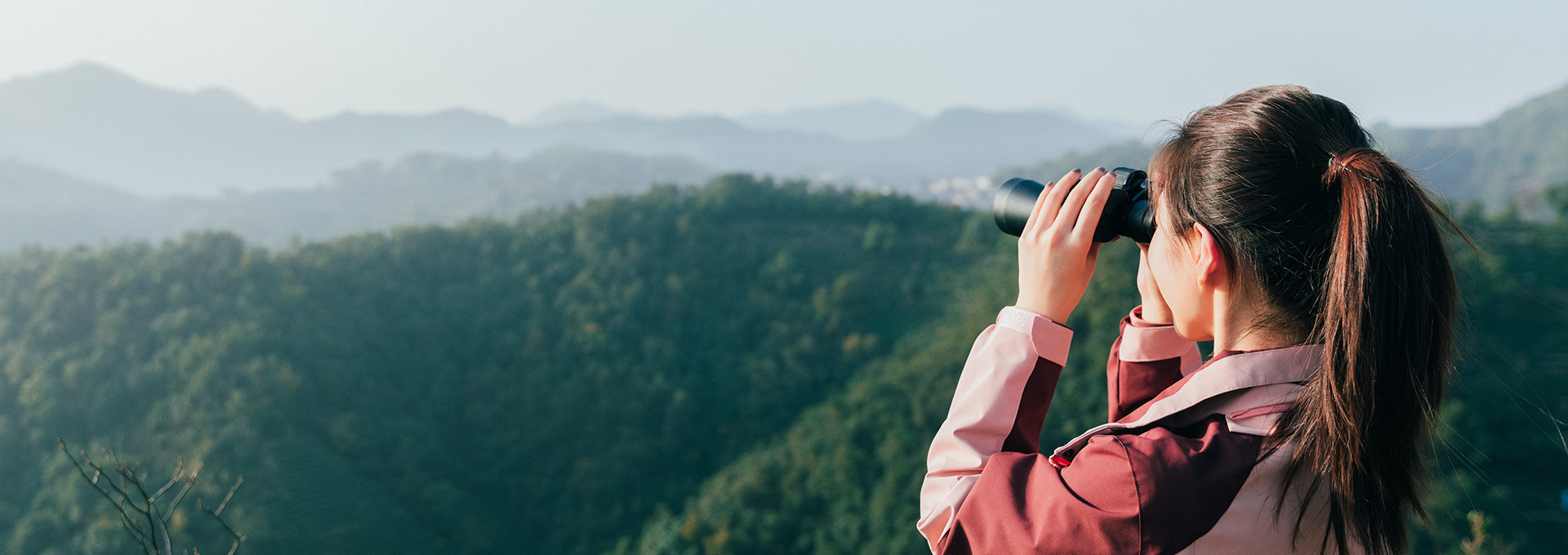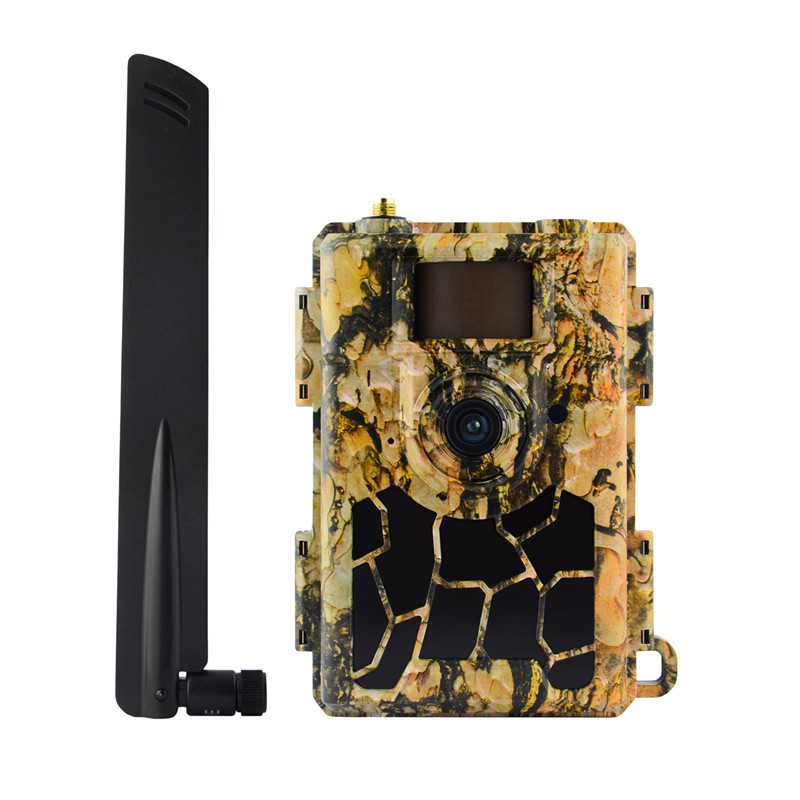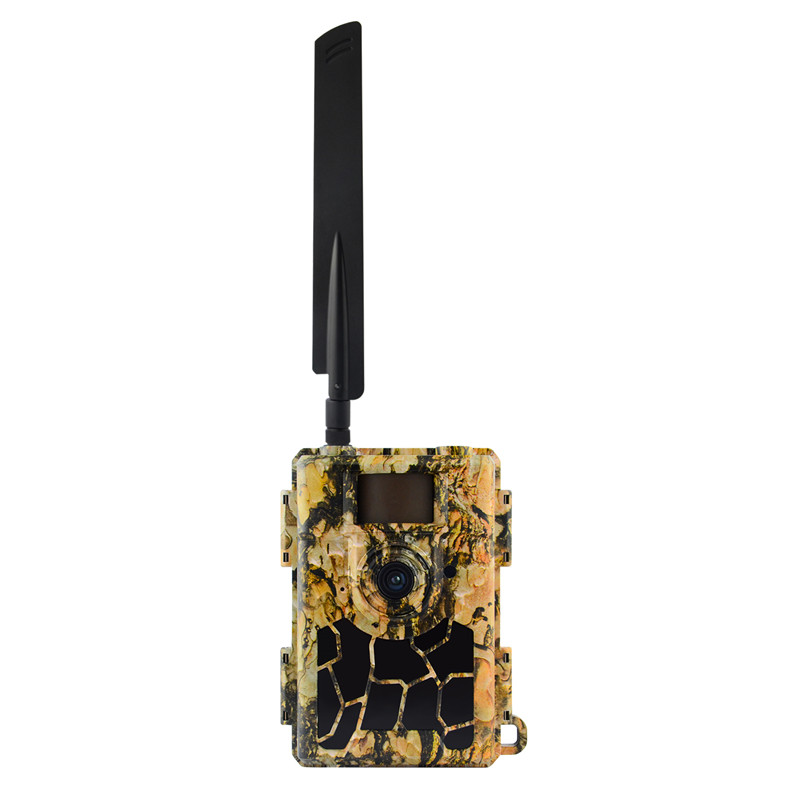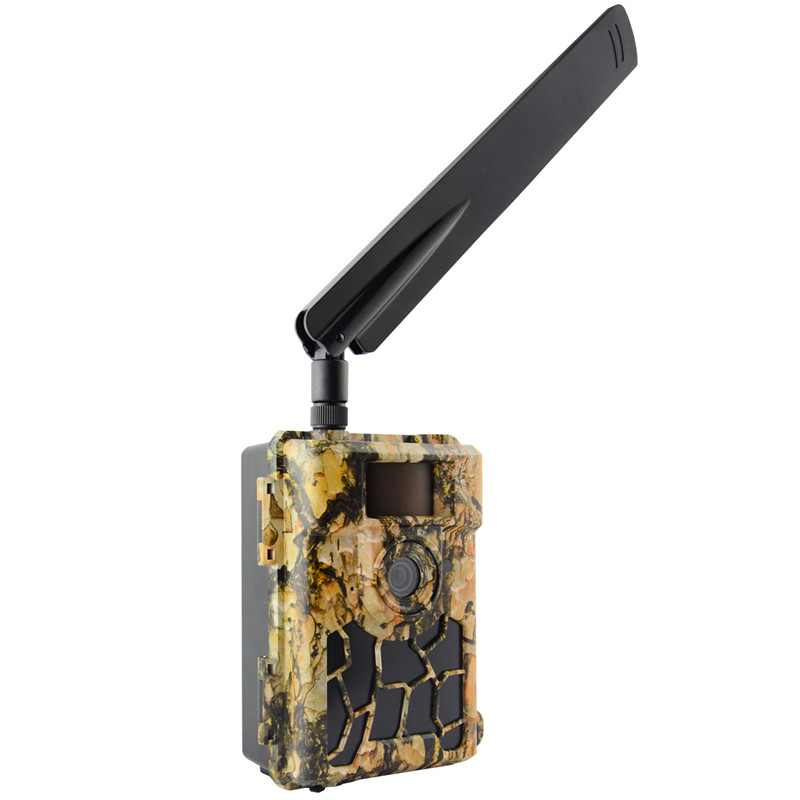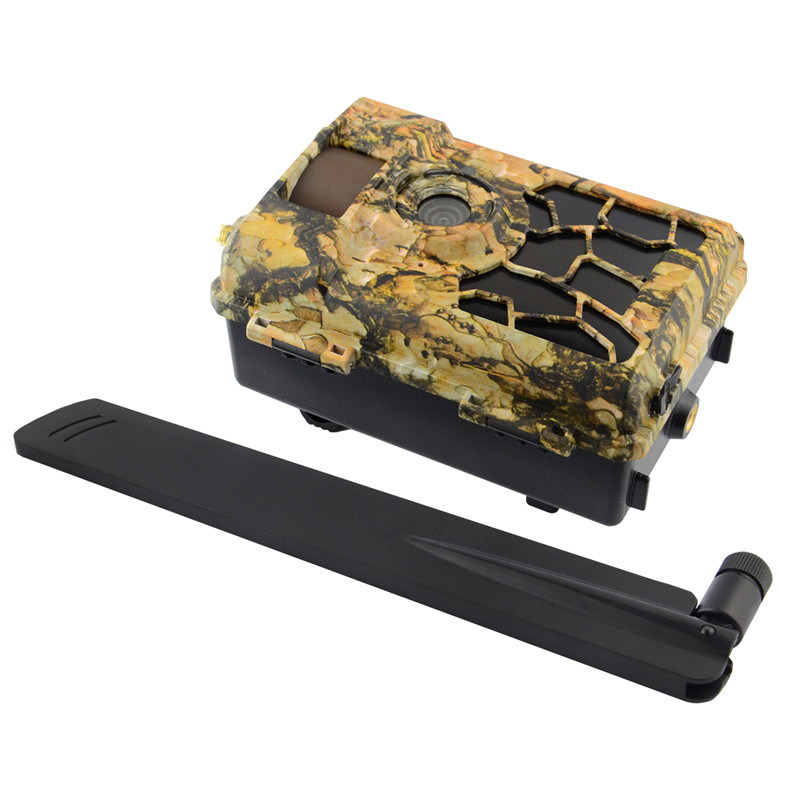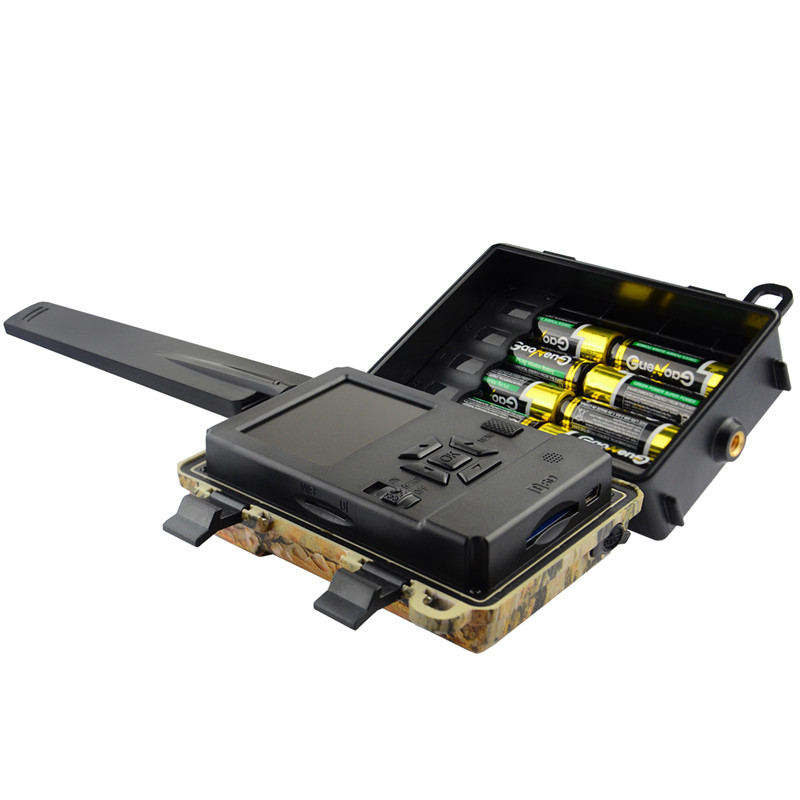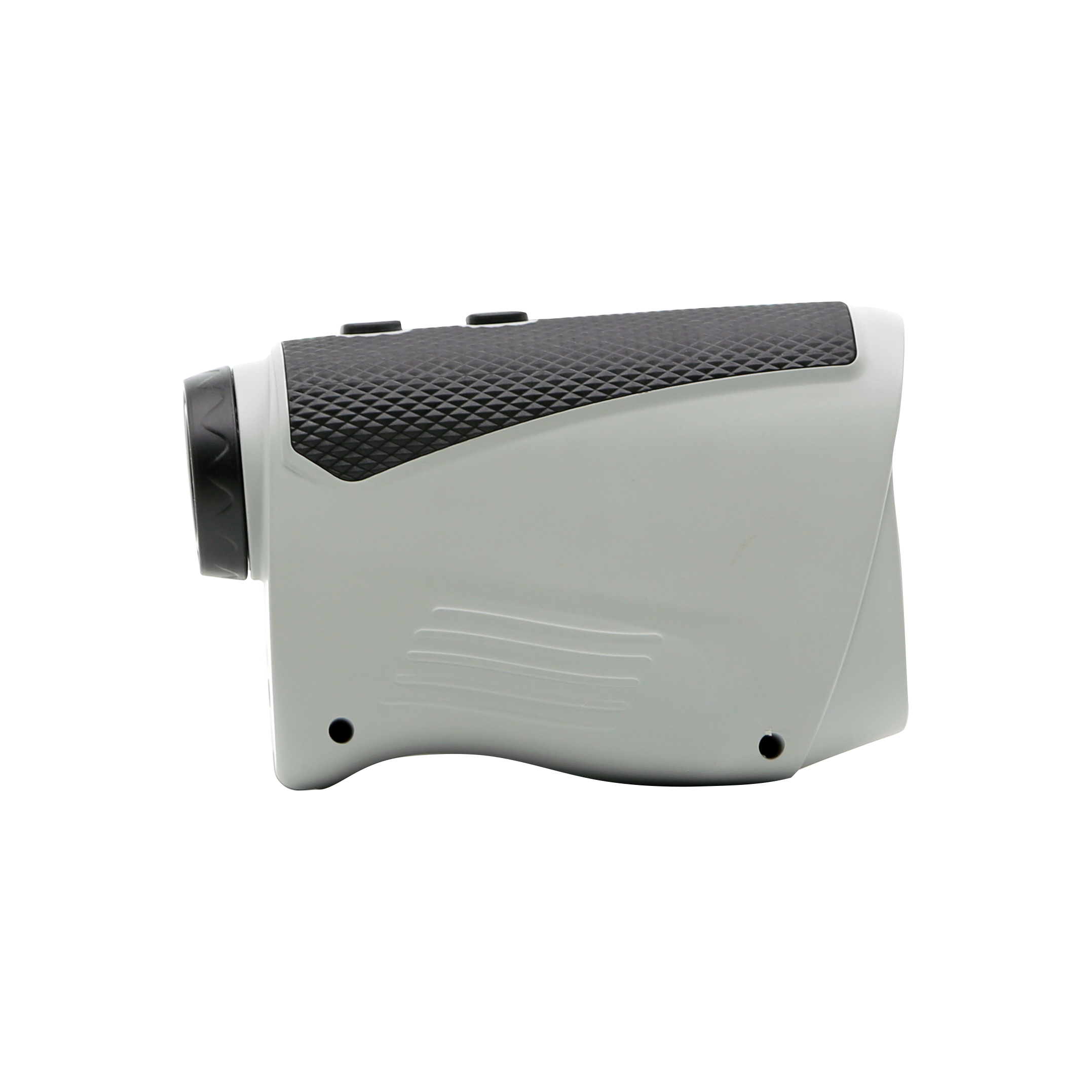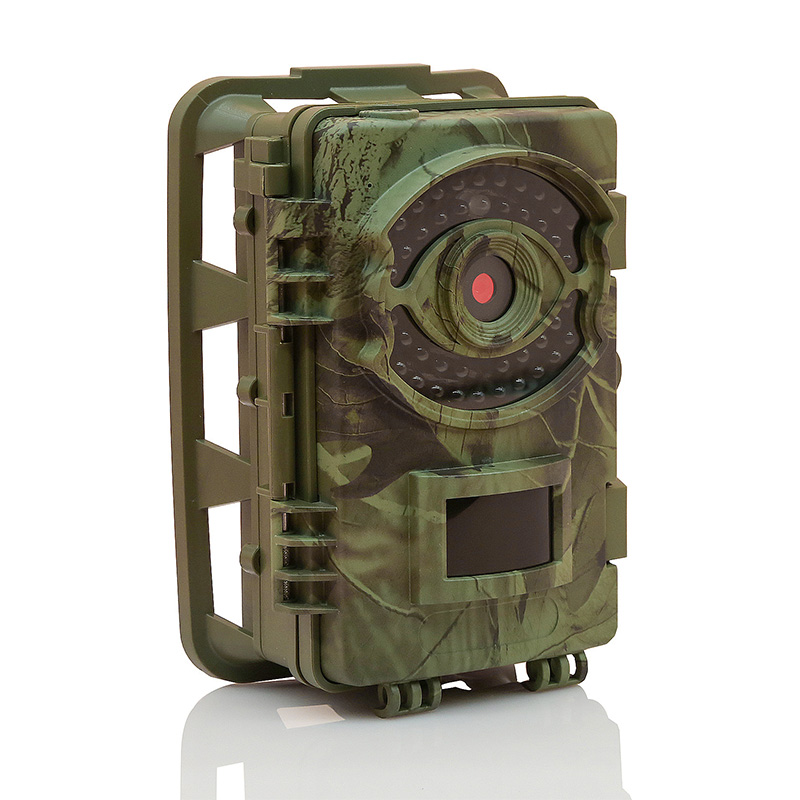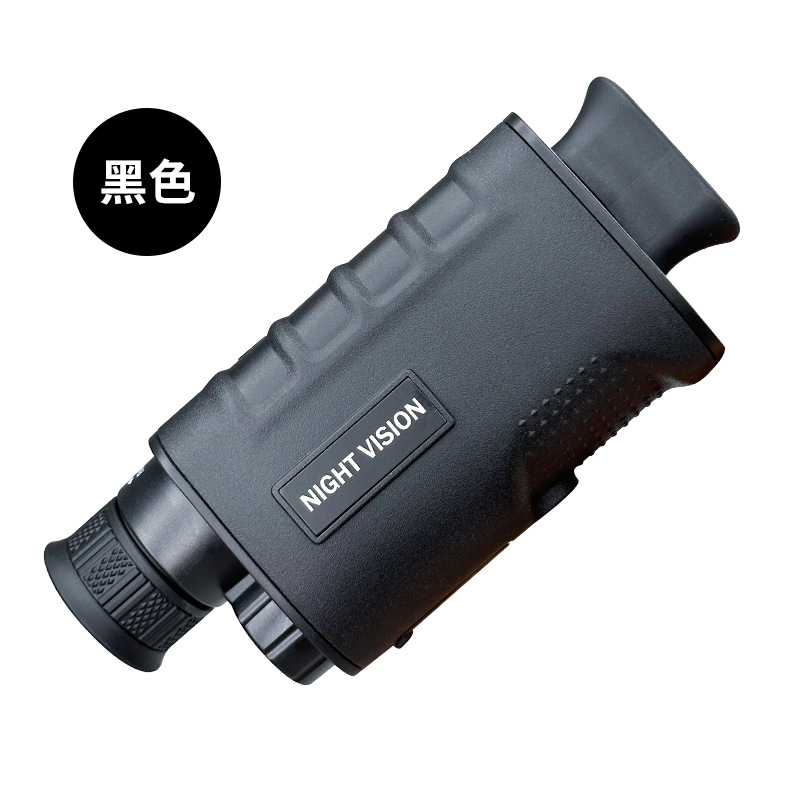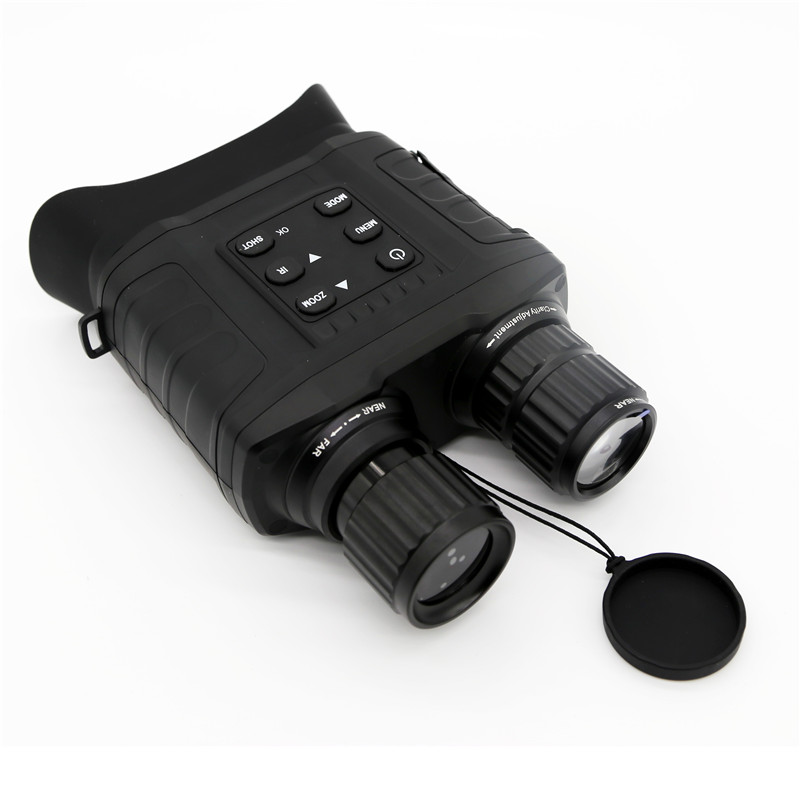WELLTAR 4G Cellular Scouting Camera with GPS Location Support ISO & Android
Key Features
1. 0.4 seconds trigger speed;
2. 60/100° FOV lens; 45/80° PIR angle;
3. 24MP/ 1080P@30FPS;
4. Programmable8/12/24Megapixelhigh-qualityresolution;
5. 60pcs invisible IR LEDs, offer 20 meters (65 feet) real night vision distance;
6. Crystal clear day & night photo/video quality;
7. 1 photo burst persec to get full moving track of object;
8. Support multiple functions: adjustable PIR sensitivity, Multi-shot (1~5 photos per trigger), programmable delay between motions, Time Lapse, Timer, stamp of (camera ID, date/time, temperature, moon phase) on every singlephoto;
9. Availableoperation temperature: -20°C to 60°C;
10. Built-in 2.4" TFT colorscreen;
11. With MMS/4G/SMTP/FTP function, camera can transmit photos to 1-4 preset mobile phones, 1-4 email, and FTPaccount pertrigger.
12. SMS to realizevarious remote configurations;
13. SMS to enable camera to shoot a photo and send back instantly;
14. Optional small size (640*360),Bigger Size (1920*1080)and8/12/24MPEmail/FTPphotos ;
15. APPavailable in IOS &AndroidAPPstore.





Application
A GPS cellular scouting camera is a useful tool with several applications in wildlife research, security surveillance, and recreational activities such as hunting and nature photography. Here are some specific applications:
Wildlife Monitoring: GPS cellular scouting cameras can be used to monitor animal movements, behavior, and population dynamics in remote areas. Researchers and conservationists can use these cameras to track the movements of endangered species, study migration patterns, and assess habitat use.
Security Surveillance: These cameras can be used for remote security surveillance of properties, farms, and remote areas where traditional surveillance methods are not feasible. They can provide real-time alerts and images of any unauthorized activity.
Hunting and Outdoor Recreation: Hunters and outdoor enthusiasts can use GPS cellular scouting cameras to monitor game trails, feeding areas, and watering holes, allowing them to track wildlife activity and make informed decisions about hunting locations.
Environmental Monitoring: Researchers can use these cameras to monitor environmental changes, such as changes in vegetation, water levels, and weather patterns. They can be useful for studying the impact of climate change and human activities on natural ecosystems.
Education and Public Outreach: GPS cellular scouting cameras can be used in environmental education programs to engage students and the public in wildlife observation and research. They can provide real-time images and data that can be used for educational purposes.
Overall, GPS cellular scouting cameras have a wide range of applications in wildlife research, security, and outdoor activities, providing valuable data and insights in remote and challenging environments.

